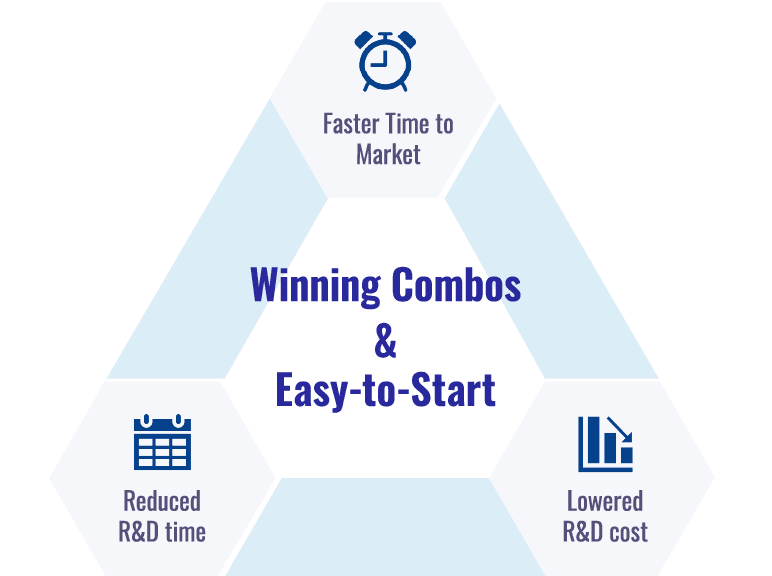Background
The US manufacturer featured in this case study was considering establishing itself in the automotive systems market. Drawing on its experience with artificial intelligence solutions for IoT devices, the manufacturer decided to develop an Advanced Driver-Assistance Systems (ADAS) front camera, surround view monitoring system and driver monitoring system for the promising electric vehicle market. However, the project was not all plain sailing.
Problem
Device Selection Challenges Compounded by Development Overruns
Lack of experience with embedded systems posed challenges for application development
Automakers are increasingly turning to deep learning as they look for new ways to enable smart camera applications and automated driving systems for next-generation vehicles. However, most deep learning solutions available today are built on consumer or server applications, which do not operate under the same stringent constraints for functional safety, real-time responsiveness, and low power consumption.
Most smart camera solutions on the market today take an inflexible black box solution approach, making it challenging for the OEMs and Tier 1s to address changing market demands and slowing down development. Adding external hardware using the latest deep learning solutions, is most often chosen, to comply with NCAP requirements, but the system BOM often cannot be reached.
A member of the development team who worked on the project recalls: "To enable real-time data processing, you need cameras with high resolution and high frame rates, precision sensors, and an automotive computer that can rapidly process the images and data from these devices. In addition to hardware, the software for performing data analysis and vehicle computing is essential."
To ensure vehicle range is not reduced, all the components needed to be energy efficient. Due to the large number of components involved, all systems on a chip (SoC) devices and other components also needed to be cost-effective. The component selection process was not a simple one. What is more, the team struggled due to their lack of understanding about the kind of platform they needed to establish to ensure that applications developed on cloud platforms or PCs using modern processes could be installed on automotive devices.
The second issue was the speed of the development process. The speed was overwhelmingly different from emerging countries such as India and China, and there is a reality that we could not compete without leveraging effective tools (for easy to use/develop). Therefore a lot of project managers and engineers are struggling because they have less knowledge of the environments to set up and implement applications developed in the cloud and PC for automotive devices. Also when developing these kinds of systems, applications used need to be fine-tuned to work with the components selected. Multi-core hardware accelerators also had to be fully utilized to achieve low power consumption and optimize systems, however, the development team had no experience with many of the components involved, and the time-consuming nature of the tuning and optimization process meant that development was always running behind schedule, causing the prototyping process not to go as planned. While the team would have preferred to evaluate the system on an actual vehicle as well, they did not have enough time to set up the necessary testing platform. The employee was becoming increasingly impatient about the project.




